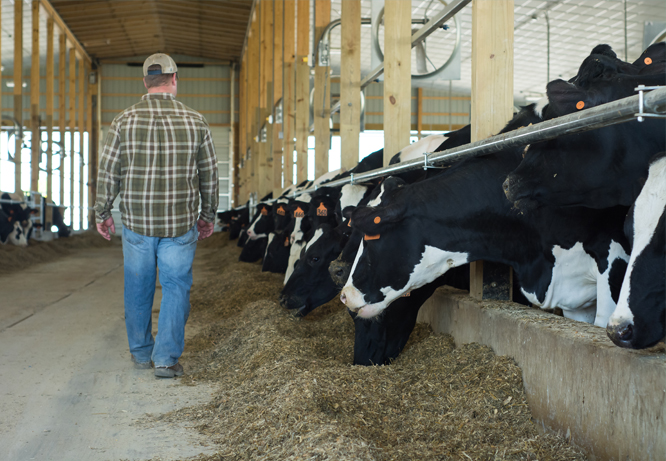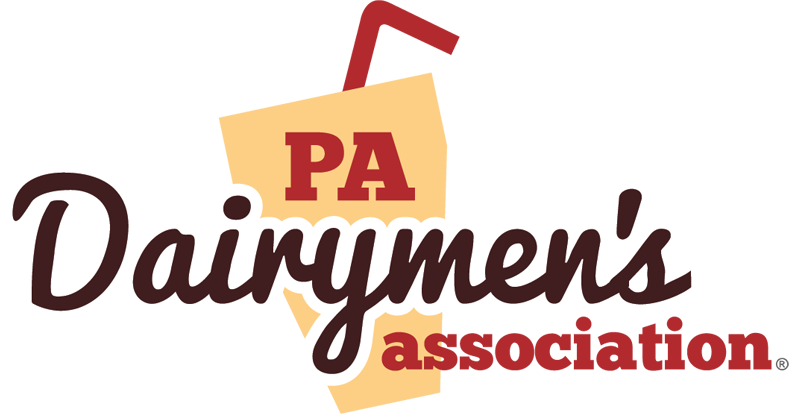
Guest blogger, Tony W. Rice is an Agribusiness Student at The Pennsylvania State University
“This milk expires in three days. Are you sure you don’t want me to get you a different gallon?”
The cashier’s question caught me off-guard as I was progressing through the checkout line in the midst of my weekly shopping excursion. Never one to refuse a good challenge, I politely declined her offer and took the gallon with full faith in my milk consumption abilities. Having been raised on a small dairy farm, milk has been a staple in my diet since childhood. Sadly, an increasing number of consumers throughout the U.S. cannot say the same.
Per capita milk demand within the U.S. has dropped significantly in recent years, leaving gallons of milk sitting on shelves for longer periods of time. Per the USDA, the average American consumes 37% less milk than in 1970, a troubling trend for the dairy industry. Over the years, a series of misleading and often blatantly false claims regarding the nutritional value of dairy foods has led consumers to reject dairy milk in favor of plant-based milk alternatives. Worse still, these unvalidated health claims have led policymakers to reduce acceptable fat percentage levels for milk provided in school lunches. Consequently, reduced fat content translates into reduced flavor, discouraging students from making the dairy milk their first beverage choice. The well-intentioned move is inadvertently resulting in an entire generation of children who have never experienced the true wonders of full-flavor milk.
The effects of slumping milk demand are being felt by dairy farmers throughout the U.S. Growing up, I experienced first-hand the difficulty of living on razor-thin margins and being held hostage to unpredictable swings in milk price, yet our family always pulled through. Now, these hardships have been amplified with rock-bottom prices. Cooperatives are being forced to make the difficult decision to terminate contracts with producers, leaving farmers without a place to send their milk and little hope for the future.
Dairy farming is so much more than just the art the milking cows for a living; it is a way of life. As I watch my friends and neighbors post “herd liquidation” notices online, the frustration and devastation that these farm families experience is exemplified through their social media posts charged with raw emotion. For every dairy that goes out of business, the ripple effects are felt throughout the numerous ancillary agribusinesses that rural America thrives upon. Without a concerted effort to bolster milk demand in the U.S., dairies will inevitably continue to fail, effectively ripping the heart from the farmer and the farmer from the heartland.
Embodying the spirit of undeniable American resilience, unapologetic American pride and unrelenting American grit, dairy farmers have been known to overcome adversity time after time. I firmly believe that the dairy industry will persevere, so long as consumers know the importance of dairy foods in their diets and students are once again provided access to full-flavor milk in schools.
Most importantly, the next time you find yourself in a grocery store, buy that extra half-gallon of milk in lieu of the plant-based alternative. Together, let’s keep the “sell-by dates” on the cartons we buy and off of our family dairy farms.
